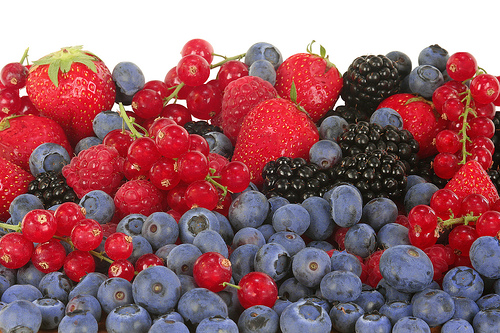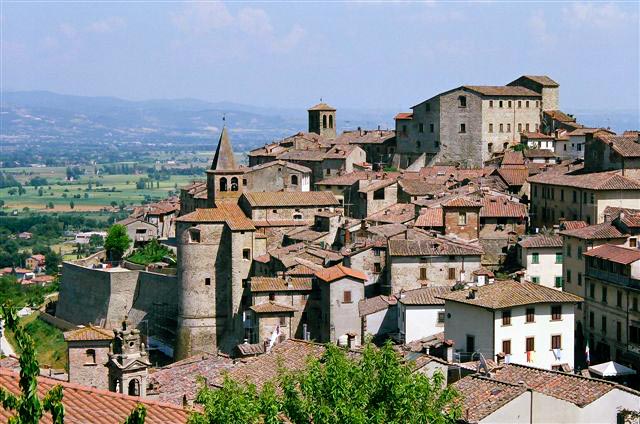April the time of the year when everything in the garden goes into overdrive and at the same time provides us all with the inspiration or at least the desire for our own little patch to be that bit more special. So here a few ideas or objectives that could help you fulfil that desire.
Once of most obvious yet surprisingly often overlooked point is simply toh ave a tidy up of your garden, land terrace, or balcony. You will be amazed, i certanly am, at how much junk, wood, rubbish and general clutter people allow to build up over time.
Cut the grass or clear that bramble patch that your garden has become, ( a strimmer is a definite must have for these parts).
Next look at what plants and shrubs you do have. Even that spiny acacia growing out of the gap between the terrace and wall can look good with pruning, shaping or just having all the past year’s organic detritus pulled away from underneath.it
pots.
Do you have any lurking in dark corners, mybe with a now dead plant buttressing the barbacue or gas bottle? Pull it out and remove the old rootball ( but save the soil or peat) and visit your local nursery for at least a few geraniums if nothing else –I’m not personally a great fan but hey, at least there i san ever greater choice.
Category: About Tuscany
Tuscany – Well-being, spiritually and meditation

Tuscany is harmony: harmonium landscapes, cultures and traditional.
Physical and spiritual well-being that you feel when you first set eyes on Tuscany and let yourself get carried away by the rhythms dictated by nature, the Seasons and the variations in the sun and the moon.
There are a great many ideas, precisely because the territory is vast in size and meaning.
Awaiting you is meditation and relaxation on the scope of the Amiata, the sacred mountain, with packages for those who love being pampered, like at the San Filippo Spa, alternating treatments with nature walks to the heart of the magic volcano. Or to the atmosphere of the Casentino, sospende in time, a land of endless woods, religious monuments and profound silence where the language of reflection and meditation reigns.
The welcome programme is for who travelling alone or in groups in the centres for well being, with weekly packages, but also simple weekends, devoted to taking care of the body and mind. Then you can consider taking the waters and their prodigious effects, the spa tradition providing a natural well-being and one of the best moment sto gather your energies.
Awaiting you in Montecatini and Monsummano, are the spa pools where you can bathe in the sulphurous waters and spend the day in your dressing gown between beauty masks and relaxing massages.
In Siena area, the programmes, leave you spoilt for choice with the ample selection of stays in holiday farms or hotels combineed with itineraries through spas rich in history such as Bagno Vignoni, Petriolo or San Filippo or other such as Rapolano, Montepulciano, Radicofani, and San Casciano dei Bagni, together with the famous Chianciano Terme, the backdrop chosen by Fellini for the film “8 e ½” where you can also visit the spa museum.
Tuscany – Ecology and Country life

Here in Tuscany, ecology and country life play a primary role.
As soon as you arrive just take a look: some of the panoramas seem to be the handiwork of a genius, a great artist.
In this case the artists are those who have cultivated this land, while respecting its identity, contents and history.
Some islands of the Tuscan archipelago offer corse in nature photography and bird watching-the Corsican seagull, the blue rock thrush, the raven-courses for learning to recognise nature and name plants and birds, to interpret sounds and recognise smells, all precious signals that mother earth continue sto send us constantly, and which we are increasingly likely to ignore or unable to under stand.
There are many offers to get to know country life: for example museums with interesting small exhibitions.
The truffle museum in San Giovanni d’Asso, the share-cropping museum in Buonconvento, the landscape museum in Castelnuovo Berardenga or the oil museum in Serre di Rapolano.
But you can also approach it directly, by tasting typical products: the light odour of saffron cultivated for centuries on the Florentine hills, in San Gimignano and the Val d’Orcia, the taste of sheep’s cheese seasoned in the terracotta vases as the farmers have done as far back as the Middle Age.
There will be opportunità to taste freshly baked bread, after following it rising, and to accompagny it with the rich taste of a Chianina beef steak or a Cinta Senese salami,or, if you prefer, ham matured breathing the air of the Casentino or Garfagnana.
You will have the possibility to enter the production laboratories and abserve the slow, ripetitive gestures of those who know the subject, love nature and are not disloyal to history.
Tuscany – Fruits of the forest

In the abundant glades the slopes of Tuscany Apennines, bilberry picking is widespread due to the good soil.
There are, however, many other typical tuscan fruits of the forest as strawberries and raspberries.
The cultivation of other species such as redcurrants and gooseberries ha salso begun and wonderful jams are produced.
recent business initiatives have created a true market in many areas of Tuscany for fruits of the forest, whether they be fresh.
Such as the quality strawberries, or preserved. “Garfagnino Mushroom” alone merits a visit to the area, its smell and taste remain inimitabile, whether fresh or dried, coke followiing the traditional recipies of Valle del Serchio (Lucca area).
Tuscany – Anghiari, medieval village

Anghiari, has origins very old, it looks a typically medieval and is perched up on a hillside, looking Tiber and Sovara valleys. From the valley, if you look up, you can enjoy a beautiful view. The wandering in a streets of old village is even more delightful.
The visitors can admire the traditional stone houses (tuscany)and attractive small squares wich reflect the history town.

